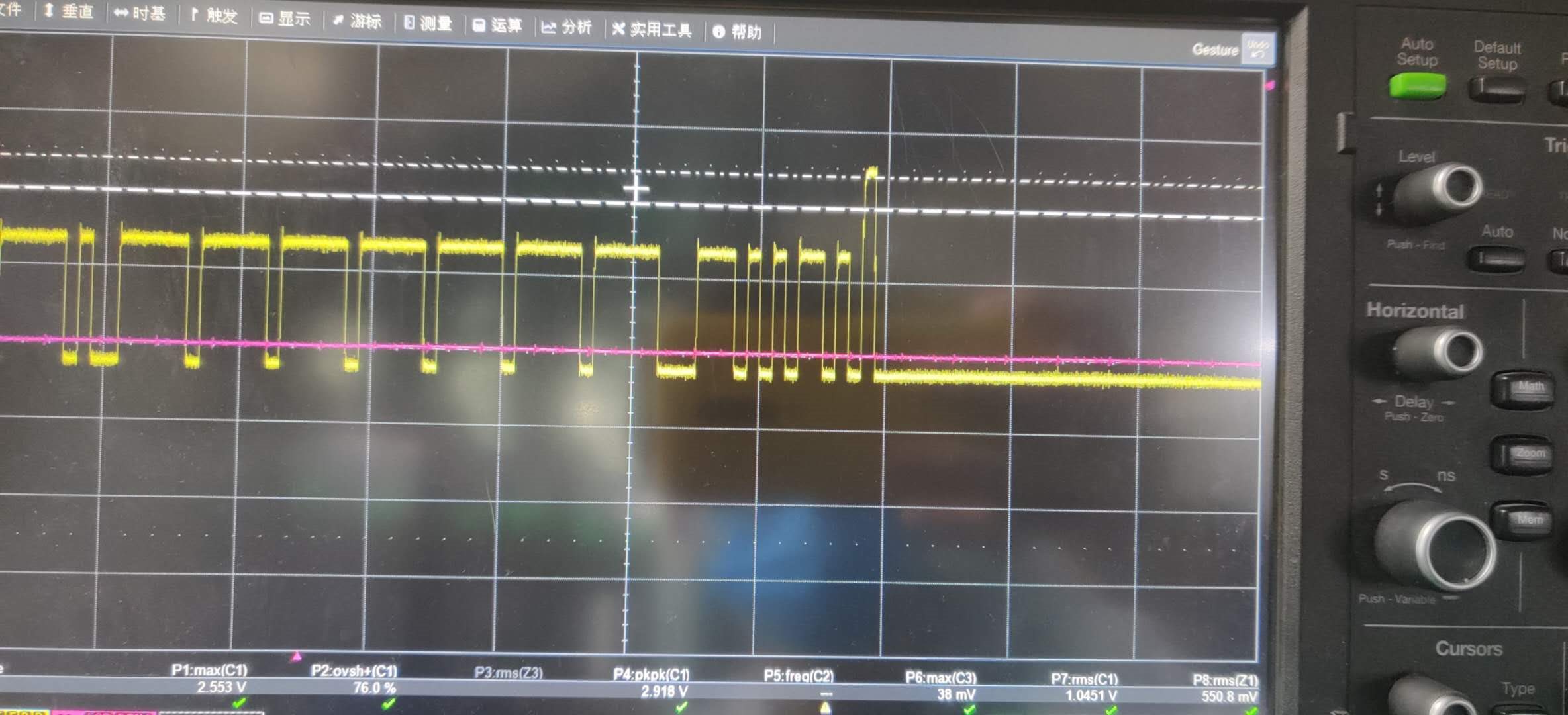Hi expert,
My customer is using ISO1050 as CAN transceiver, their communication is good but get some unexpected voltage overshoot between CANH and CANL as shown below. Voltage is 1V/div and communication speed is 500K.
Hope you can give some advice to us.
Thanks
Sheldon



